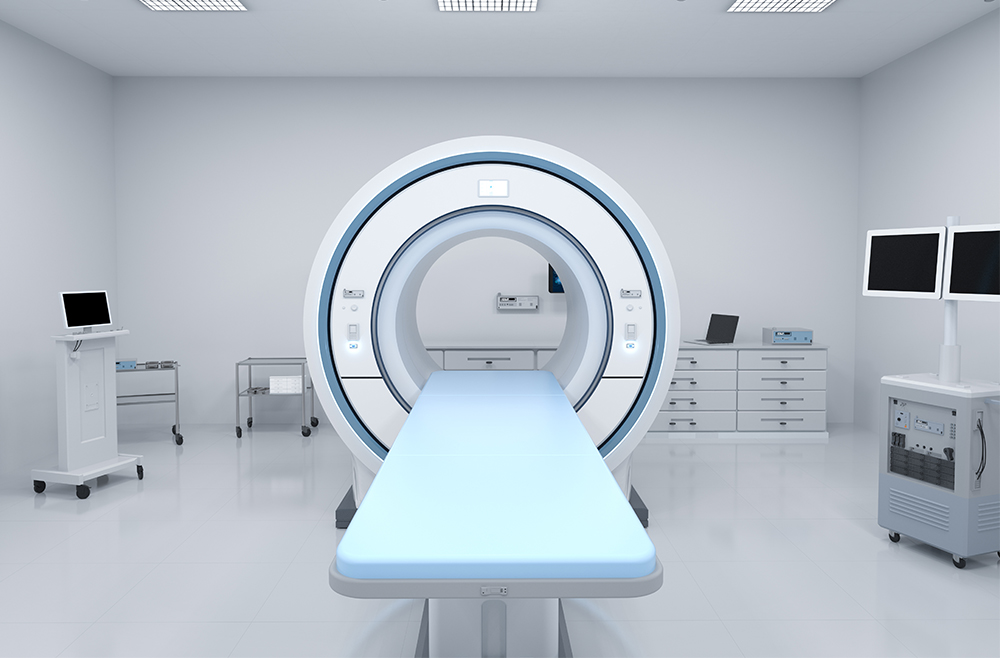PARCA eNews – Nov. 3, 2020 – Should women with dense breasts be routinely referred for simplified MRI technique following a negative 3D mammogram? That is the question researchers at Penn Medicine of the University of Pennsylvania are asked following results of a February 2020 JAMA Network study.
That clinical trial compared 3D mammography to abbreviated or fast MRI in 1,444 women with dense breasts. The researchers showed that 3D mammography detected 7 invasive cancers, compared to 17 detected with fast MRI, which was considered a significantly higher rate of cancer detection.
Following that study, Dr. Susan Weinstein, associate professor of of Radiology at Penn Medicine and her team reviewed the imaging results of 475 women with dense breasts screened with 3D mammography between 2016 and 2019 found who had no symptoms and had a negative 3D mammography exam. When these women were reexamined with abbreviated MRI there were 13 (2.7%) were referred for biopsy which resulted in 12 cancers. That worked out to detecting 27.4 cancers per 1,000 exams.
As a result the study authors concluded that for women with dense breasts additional screening with fast MRI may be a reasonable step and is worth further evaluation.
The challenge in implementing such a practice of using MRI after 3D mammography for dense breasts, is that MRI is costly and time consuming usually requiring up to 16 sets of images over a 40 minute exam. For that reason, the use of abbreviated or fast breast MRI was tested for followup exams for women with dense breasts. It requires only 3 sequences and is much less time, making it less expensive and more accessible.
"As even more data comes out, there is going to be a lot of debate about how we should screen women with dense breasts, and how we should pay for it," Weinstein said in a press release. "It is important to keep in mind that, although we are detecting more cancers, we don't know the long-term benefits, such as survival rates. With further research, we will have more information in the future."
Sources: Penn Medicine press release, Journal of Clinical Oncology and Journal of the American Medical Association (JAMA)


No comments:
Post a Comment